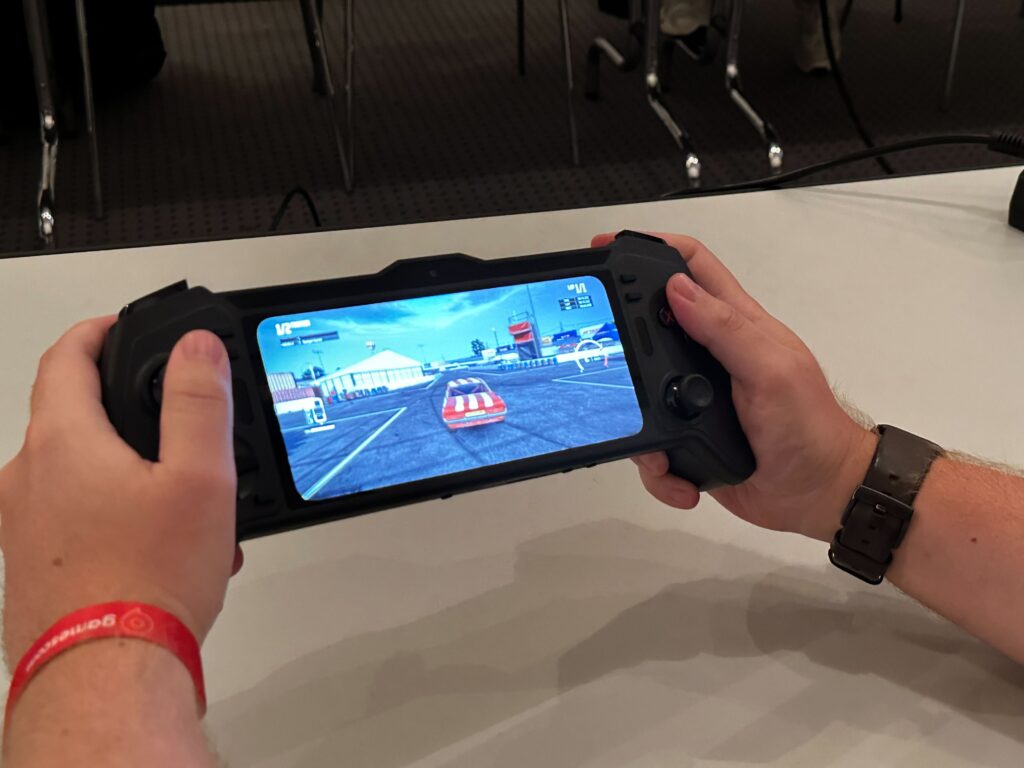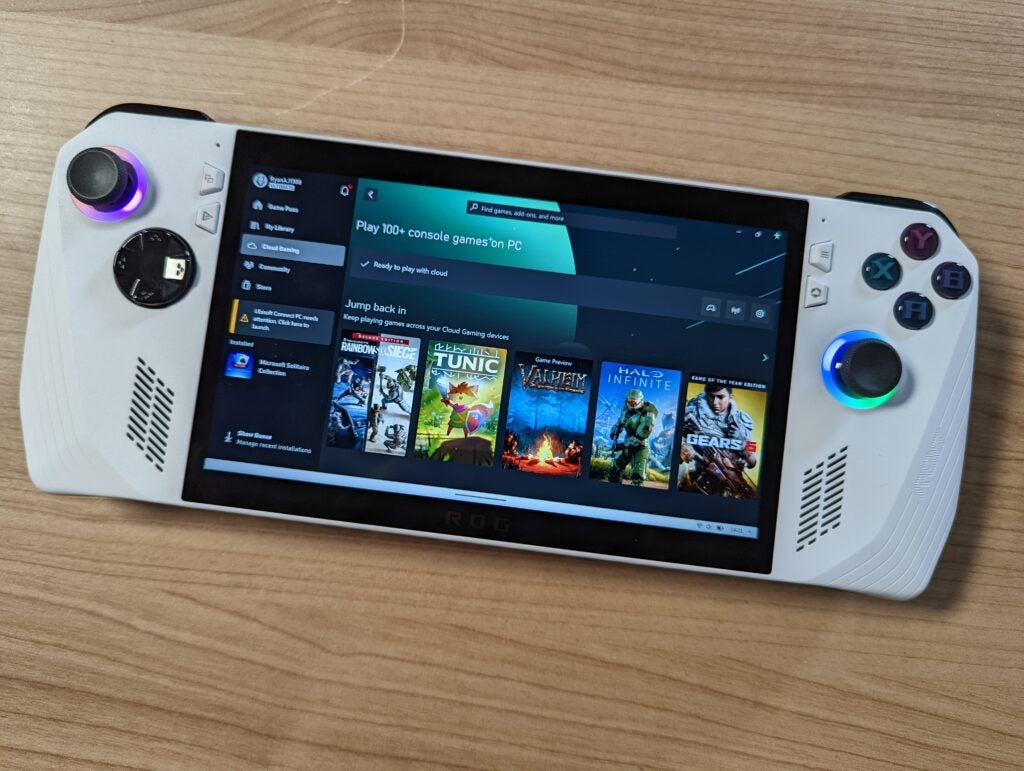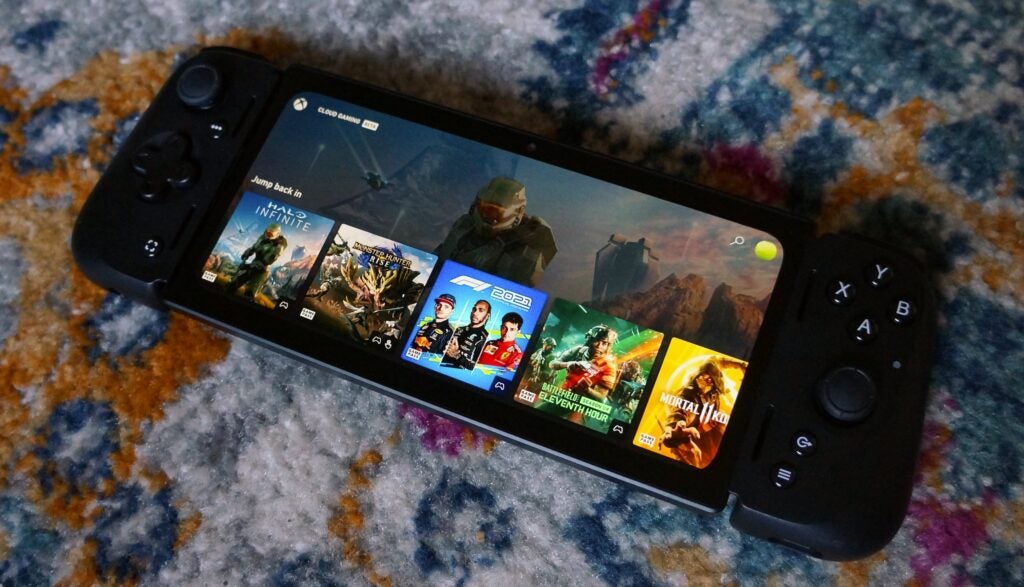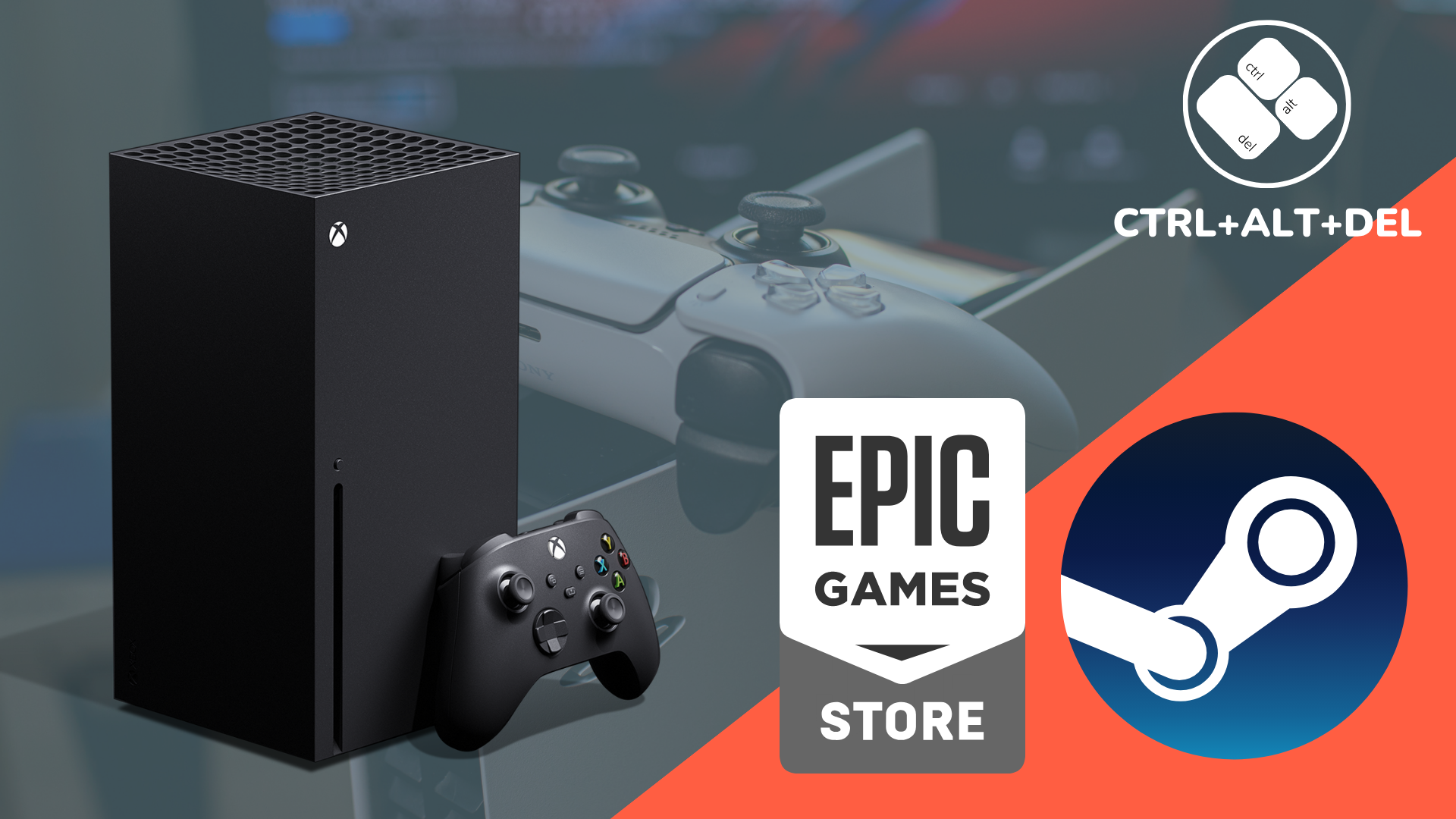Ctrl+Alt+Del: There’s a processor problem with gaming handhelds

OPINION: Qualcomm revealed its new series of gaming-focused mobile chips during Gamescom 2023, including a reference design that I got to check out. At the high-end, an exciting AAA future is being hinted at, but we’re not there yet. And, the current solution has its hangups too. Right now, handhelds has a processor dilemma.
It’s beginning to feel a bit like deja vu in the handheld gaming arena, as a familiar battleground is being readied. That battleground is performance and compatibility versus battery life and lightweight design. Seem familiar?
Well, this fight is ongoing in the laptop world and the underlying technologies are the same: x86 chips currently occupy the former end of that argument – these are Intel and AMD processors – while Arm chips typically fit into the latter – and these are Snapdragon and Apple laptop chips.

Now, it’s not a perfect comparison as you can argue Apple largely nails both these categories with the M-series but, that’s apt, as Qualcomm looks to have its eyes set on a similar marriage of these two worlds. It’s currently a processor problem, but it may be software that fixes things.
Digging into the problem from a handheld point of view, we’ve seen the likes of the Steam Deck and Asus ROG Ally hit the market – sporting x68 AMD Ryzen chips – with varying degrees of success. During our demo, Mithun Chandrasekhar, senior director of product management at Qualcomm, took aim at the ROG Ally in particular, saying that putting a “notebook chip” inside a handheld gaming device is not something it’s going to do and that it’s “not a very good experience”.

It’s true, one of the main criticisms of the Asus ROG Ally was Windows’s unfriendliness towards providing a clean and simple handheld gaming experience and, further, the battery life wasn’t great either. But, the Steam Deck took a similar approach in terms of using an x86 chip and, while the battery life is far from wondrous, it hasn’t hampered its success. Though, Valve did dodge the software woes by tailoring the Steam Deck’s software experience with its own SteamOS.

Apple Music
Apple Music gives you access to over 100 million songs and 30,000 playlists, ad-free. Listen online or off, across all your devices, and hear sound all around in Spatial Audio with dynamic head tracking. You can now try 1 month for free!
- Apple
- Get 1 month free
- £10.99 p/m
That’s the x86 problem, what about the current Arm issue?
Qualcomm’s big launch of its new range of chips looks set to go some way to accommodate consumer choice in the mobile gaming handheld arena. And, using these chips should afford improved efficiency compared to their x86 equivalents. But, like with Arm chips on laptops, compatibility remains the issue. AAA gaming, outside of streaming, just isn’t really a thing on Android, the current operating system of choice for the majority of gaming handhelds.
The dilemma remains
You can beef up the power all you want, and the Razer Edge 5G did just that with the Snapdragon G3x Gen 1, but what’s it for when you don’t need this horsepower to run top-end mobile games right now? Qualcomm hears you.

During our demo, Chandrasekhar spoke of what Qualcomm calls “Android+”. This is its term for going beyond Android and it’s already testing other solutions in-house. The Verge got the scoop in its demo, asking outright if this is geared towards providing a compatibility layer to accommodate Windows games in the future, and Qualcomm answered, “yes”.
But, even with the exciting expansion of Qualcomm’s gaming handheld chip portfolio, it has to be noted that it isn’t there yet, with the G1 Gen 1, G2 Gen 1, or G3x Gen 2. So, the dilemma remains.
You’re still currently faced with a gaming handheld processor problem that means you must choose between AAA gaming alongside a mixed software experience and less-than-ideal battery life or Android and game streaming with extended battery life and portability. In the next few years… maybe you could have it all.







